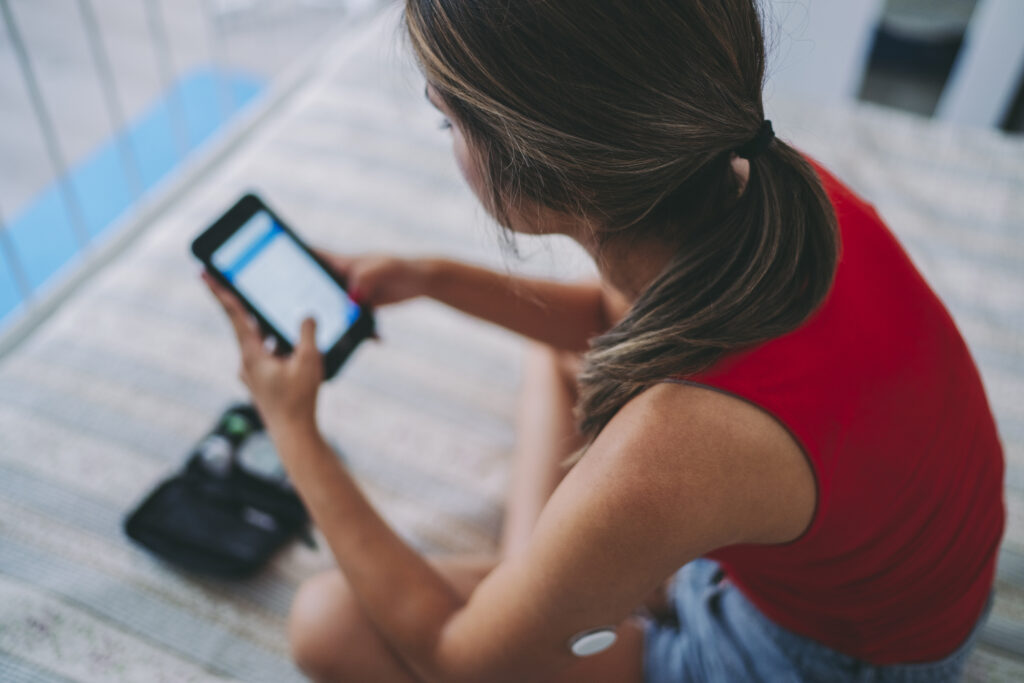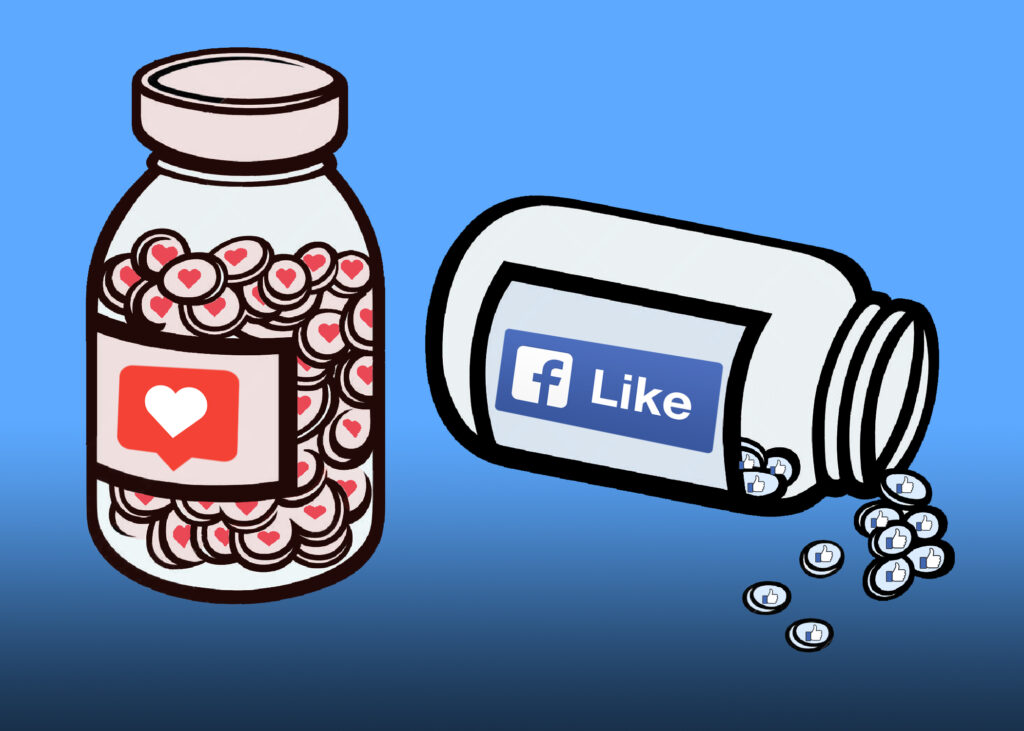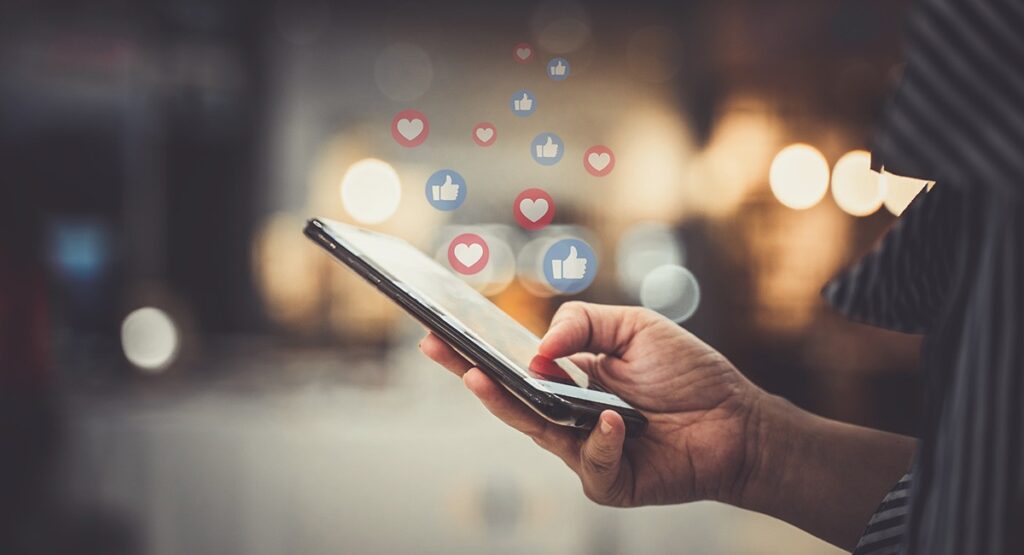
Social Media Addiction Can Lead to Substance Use
Social media connects billions of people, compressing distance into a thumb-length scroll. It also reshapes attention, emotion, and reward learning in ways that can nudge vulnerable brains toward compulsive patterns. For many, that means hours lost to scrolling. For some, especially those with underlying stress, trauma, or mood symptoms, it can also mean a gradual slide into coping strategies that include alcohol or drugs. Understanding why that happens—and how to interrupt it—is essential for prevention and recovery.
This post explains how social media addiction forms, why it can escalate risk for substance use, and how an evidence-based treatment program like TRUE Addiction and Behavioral Health helps people build durable, real-world recovery.
How Social Media Hijacks the Brain
The reward loop: intermittent reinforcement and “just one more”
Social platforms are designed around intermittent reinforcement—unpredictable rewards delivered on variable schedules (likes, comments, new content). That kind of reward schedule is unusually sticky for human brains. Each swipe becomes a micro-gamble; sometimes you get something delightful, sometimes you don’t, but the possibility keeps you engaged. Over time, this loop conditions cue-driven behavior: notifications, boredom, or stress cue the urge to check feeds.
Dopamine, novelty, and the attentional spotlight
Novelty spikes dopamine, the neurotransmitter that marks experiences as salient and fuels “wanting.” Feeds optimize for novelty—fresh posts, trending audio, new reels—keeping dopamine trickling. The brain learns to chase micro-bursts of stimulation, which can crowd out slower, more effortful sources of satisfaction (conversation, reading, exercise). When the attentional spotlight narrows to TikTok or Instagram, tolerance can develop: the same amount of scrolling buys less relief, so time online grows.
Social comparison and self-schema distortions
Humans are exquisitely sensitive to status and belonging. Curated highlight reels can distort a person’s self-schema—the mental model of who they are and how they’re doing—by inviting constant upward comparison. This can fuel shame (“I’m behind”), envy (“Why not me?”), and anxiety (“I’ll never catch up”). Negative affect increases, and with it, the temptation to remove discomfort quickly—sometimes via substances.
Algorithmic echo chambers and mood contagion
Algorithms learn what you linger on. If someone is anxious, depressed, or curious about using substances to cope with stress, the platform may show more of that content, normalizing it. Mood contagion—absorbing the tone of what you watch—can reinforce despair or irritability, and when motivation dips, alcohol or cannabis may seem like easy regulators.
Sleep disruption and impulsivity
Evening scrolling delays bedtime and fragments sleep. Poor sleep increases impulsivity, reduces executive function, and amplifies negative bias in thinking. That is a triple threat for relapse risk in people who already struggle with self-control or mood disorders.
Escalation from coping to compulsion
At first, social media is a coping tool—“I’ll distract myself.” Then it becomes a compulsion—“I need to check.” Over time, someone may notice:
Salience: Thinking about scrolling even when doing other tasks
Mood modification: Using the phone to numb stress
Tolerance: Needing longer sessions for the same relief
Withdrawal: Irritability without the phone
Conflict: Arguments with family or missing obligations
Relapse: Repeated failed attempts to cut back
Those same six markers also characterize substance use disorders. The overlap is not accidental.
Why Social Media Addiction Raises the Risk of Substance Use

Shared neural circuitry for “wanting”
Compulsive digital use and substance use both recruit the mesolimbic reward pathway (ventral tegmental area → nucleus accumbens). When cue-triggered “wanting” is heavily trained by scrolling, it can generalize to other quick-relief behaviors, including drinking or drug use, particularly under stress.
Emotion dysregulation and avoidance learning
If a person repeatedly escapes discomfort (boredom, loneliness, shame) with a fast digital distraction, the brain learns avoidance instead of tolerance of feelings. Avoidance skills are portable; when scrolling no longer soothes, the next fastest regulator—alcohol, benzodiazepines, opioids, or cannabis—can slip in.
Social norms and access
Platforms expose people to substance-positive content: “wine o’clock,” “cannamoms,” “study drugs,” “nightlife reels.” Frequent exposure can shift perceived norms—“everyone’s doing it”—lowering the psychological barrier to trying substances. Sellers and peers are a DM away.
Co-occurring mental health conditions
Social media use can exacerbate depression, anxiety, and ADHD-related impulsivity, all risk factors for substance misuse. When mental health worsens, self-medication risk increases. Co-occurring conditions also complicate withdrawal and treatment.
Sleep loss and stress physiology
Chronic sleep debt elevates cortisol and blunts prefrontal control systems, making reactive choices more likely. Intoxication offers short-term relief from hyperarousal; repeated relief trains a habit.
Identity and community capture
Online micro-communities can create identity capture—“I’m the party guy,” “I’m chaotic in fun ways”—that links belonging to substance-centered rituals. The fear of losing that identity can impede quitting.
Social media doesn’t determine substance use; it modulates risk. Many people who use platforms heavily never develop substance problems. Risk emerges from the interaction of design features, individual vulnerabilities, and life stressors. That’s exactly where targeted treatment can help.
Early Warning Signs to Watch For
- Time displacement: Work, school, or family time repeatedly sacrificed to scrolling
- Mood volatility: Irritable when not on the phone; relief only while using it
- Rationalizations: “It’s my job to stay current,” “I’m just networking,” “It relaxes me”
- Functional decline: Missed deadlines, lower grades, reduced exercise or hobbies
- Sleep erosion: Bedtime drift, waking up to check notifications
- Substance creep: “Only on weekends” becomes weekday use; higher dose to unwind
- Secret use: Hiding screen time or substance use from partners or friends
If these patterns feel familiar, it’s time for a comprehensive assessment.
How TRUE Addiction and Behavioral Health Helps

TRUE Addiction and Behavioral Health specializes in treating substance use disorders and co-occurring mental health conditions with an integrative, person-first approach. If social media compulsions are part of the picture—as they increasingly are—TRUE addresses them alongside alcohol or drug use, not as an afterthought.
A welcoming, judgment-free first step
From the first call, you can expect compassion, privacy, and practical guidance. Admissions staff help determine the right level of care and coordinate logistics, including insurance benefits and timing. If detox is clinically indicated, TRUE helps facilitate safe medical stabilization before therapy begins.
Comprehensive, dual-diagnosis assessment
TRUE’s clinicians take time to understand the whole person: your history, strengths, digital habits, trauma exposure, sleep, physical health, and family dynamics. That allows the team to craft a tailored plan that targets the loop between social media overuse and substance cravings.
Evidence-based therapies that work in the real world
- CBT and DBT give you practical tools to regulate emotions, challenge catastrophic thinking, and ride out cravings—skills that apply to both substances and screen urges.
- Motivational Interviewing meets you where you are, clarifies values, and turns goals into action.
- Trauma-informed care addresses the root causes, not just the symptoms, reducing the pressure that fuels both scrolling and using.
Digital behavior coaching baked into treatment
TRUE helps you design and rehearse a Tech Recovery Plan that might include:
- A temporary cleanse from infinite-scroll apps while the brain stabilizes
- Notification triage and “focus modes” to reduce cueing
- App blockers or accountability partners during high-risk windows (late night, after conflicts)
- Re-introducing platforms with structured limits and purpose (e.g., professional networking only)
Medication management and medical oversight
When medications can support recovery—like naltrexone for alcohol cravings or buprenorphine for opioid use disorder—TRUE’s providers integrate them thoughtfully with therapy. If depression, anxiety, or ADHD are present, the medical team develops a plan that stabilizes mood and attention without jeopardizing sobriety.
Family-centered healing
Because both digital and substance habits impact relationships, TRUE offers family education and therapy. Loved ones learn how to support recovery without enabling, how to set tech boundaries at home (device-free dinners, no-phones bedrooms), and how to communicate in ways that reduce shame and power struggles.
Structured step-down and aftercare
Recovery isn’t a single event; it’s a practice. TRUE’s continuum of care supports momentum after discharge:
- IOP and outpatient groups maintain accountability and skills practice
- Alumni networks and community referrals provide sober friendships
- Relapse prevention plans are living documents refined over time, including digital rules of the road for holidays, travel, and stressful seasons
Measurable progress and real-life wins
TRUE tracks meaningful outcomes: reduced cravings, improved sleep, fewer high-risk digital hours, stronger relationships, and restored work or school performance. The point is not perfection—it’s steady progress anchored in your values.
In Conclusion
Social media addiction rewires the brain’s reward system through variable reinforcement, novelty-driven dopamine release, and constant social comparison. For vulnerable individuals—those with stress, trauma, or mood disorders—these patterns heighten negative emotions and avoidance behaviors. As tolerance builds and sleep declines, compulsive scrolling erodes impulse control, raising the risk of turning to substances for quick relief. Both behaviors share neural pathways and addiction markers such as salience, tolerance, withdrawal, and relapse. Platforms also normalize substance use through exposure to alcohol- and drug-positive content. TRUE Addiction and Behavioral Health addresses this overlap with dual-diagnosis assessment, evidence-based therapies like CBT and DBT, trauma-informed care, digital behavior coaching, and family support. Their integrative approach targets both compulsive digital habits and substance use, offering tools for emotion regulation, healthier coping, and sustainable recovery. By treating the root causes and reinforcing real-world connections, TRUE helps individuals move from compulsion to balance.
If you or someone you know is struggling with substance abuse or a mental health issue, contact TRUE today to get started on the path to long-term successful recovery. TRUE is a premier provider of addiction and mental health services located in Tennessee. TRUE offers the most comprehensive menu of services for people in need of Tennessee mental health treatment and for those struggling with substance use disorder.
Additional Resources
Home | SAMHSA – Substance Abuse and Mental Health Services Administration
Is social media addiction a “real” addiction?
While not a substance addiction, problematic social media use shares core features—compulsion, tolerance, withdrawal, and impairment. The label matters less than whether it’s harming your life. Treatment principles overlap significantly with substance use care.
Do I have to quit social media forever?
Not necessarily. Many people return to purposeful, time-limited use after stabilizing. Others decide that a platform is too risky for them personally. Your plan should be individualized.
Won’t I lose my friends or job visibility?
Recovery is about re-balancing, not isolation. TRUE helps you keep what’s valuable about your online life while dismantling what harms you. You’ll also rebuild offline belonging, which tends to be more protective for mental health.
What if my partner doesn’t understand?
Family sessions can align expectations and boundaries so you’re not white-knuckling change alone.
Is medication “cheating”?
No. When clinically appropriate, medications can quiet cravings or stabilize mood so therapy and behavior change can gain traction. It’s not either/or—it’s both/and.
Verify Your Insurance Online
We are here to help. Contact us today and get the answers you need to start your journey to recovery!
